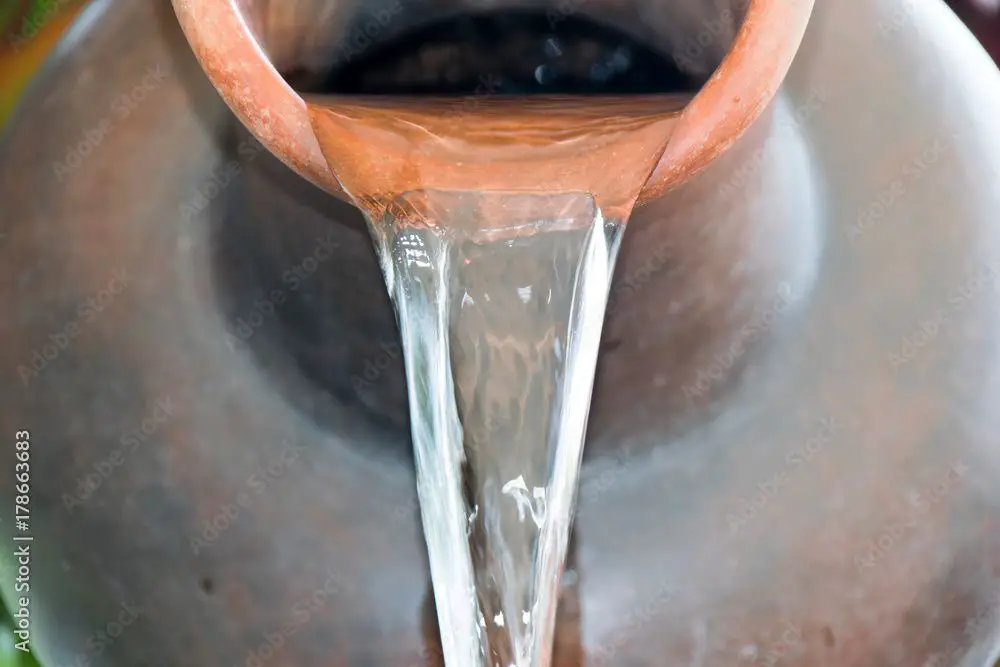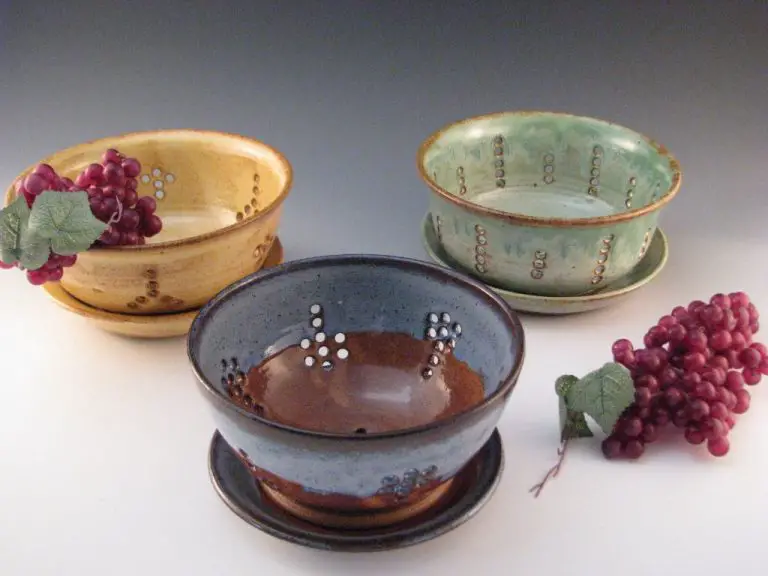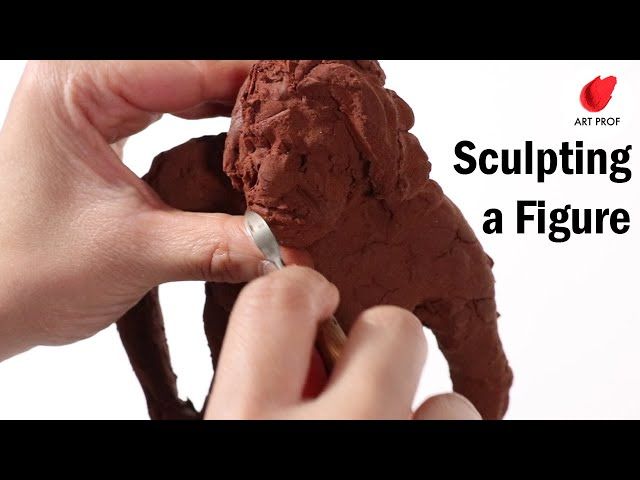Do Terra Cotta Pots Need To Be Soaked?
What Are Terra Cotta Pots?
Terra cotta pots are made from natural clay materials that have been fired at high temperatures. The clay used gives terra cotta pots a distinctive orange/red coloring (according to Britannica).
One of the defining features of terra cotta as a material is its porosity. The firing process leaves small pores all throughout the clay, allowing air and moisture to pass through the material. This gives terra cotta advantageous properties as a planting container, allowing drainage and air circulation for plant roots.
Due to its natural clay composition and porosity, terra cotta is lightweight yet sturdy. Terra cotta pots come in a wide range of shapes and sizes, making them a versatile option for both indoor and outdoor planting (source).
The Benefits of Using Terra Cotta
Terra cotta pots have several advantages that make them a popular choice for many gardeners and plant enthusiasts.
One of the biggest benefits of terra cotta is its natural look. Made from fired clay, terra cotta pots have an earthy, rustic appearance that can complement both indoor and outdoor environments. Their natural terra cotta color provides a nice decorative touch without needing any additional paint or finish.
Terra cotta pots are also typically inexpensive, especially compared to other pottery materials. Large terra cotta pots can often be purchased for just a few dollars each. Their affordability makes it easy to decorate your home or garden with these stylish pots without breaking the bank.
Additionally, the porosity of terra cotta allows air and water to pass through the pot wall. This breathability is excellent for plant health, as it prevents wet soil from becoming waterlogged. The terra cotta helps regulate moisture and allows oxygen to reach the roots, reducing the risk of root rot.
According to this garden blog, “Terra cotta aids humidity. One more plus is they create humidity around your plants. The porous terra cotta material absorbs then releases water vapor.” This gentle humidity effect can benefit many indoor houseplants.

Overall, the natural rustic look, affordability, breathability, and humidity benefits make terra cotta a go-to choice for many plant owners looking to provide their plants with an attractive and healthy growing environment.
The Downsides of Terra Cotta
While terra cotta pots have benefits, they also come with some drawbacks to consider. One of the main downsides is that terra cotta pots require more frequent watering than other materials like plastic or glazed ceramic. This is because the porous terra cotta material absorbs moisture from the soil and allows it to evaporate through the pot walls at a faster rate [1].
Plants in terra cotta will need watering about once a day or even twice a day during hot, dry weather. If you forget to water, the soil can become bone dry very quickly. This makes terra cotta pots a poor choice for people who travel often or tend to neglect watering.
Another downside is that terra cotta is susceptible to cracking, especially in environments with extreme temperature swings. If water gets into the crack and freezes, it can expand and worsen the crack. Terra cotta pots left outdoors year-round in cold climates are very prone to cracking [2]. Replacing cracked pots annually can get expensive.
Why Soaking Helps
Terra cotta pots are made from baked clay, which gives them a porous, permeable texture. When terra cotta pots are dry, they will absorb moisture very rapidly. Soaking allows water to penetrate the porous material before planting, which provides the following benefits:
Soaking saturates the terra cotta beforehand so it doesn’t draw moisture away from the soil and roots after potting. The pre-soaked pot will not compete with the plant for hydration (https://www.wellandgood.com/pre-soak-terra-cotta-pots/).
The terra cotta has time to become uniformly saturated. Without pre-soaking, the pot often absorbs water unevenly, leaving dry patches. Thorough soaking allows the entire pot to hydrate (https://www.apartmenttherapy.com/soaking-terracotta-pots-36653081).
Soaking helps remove dust, salts, and residue from the manufacturing process that can build up in the clay’s pores.
It allows any salts in the terra cotta to dissolve, preventing potential damage to roots after planting.
In summary, soaking is recommended to prepare terra cotta pots before use and ensure proper hydration for the plant.
How to Soak New Pots
It is important to thoroughly soak new terra cotta pots before using them for the first time. Here are the steps:
1. Fill a large container such as a sink, bucket, or bathtub with room temperature water. Make sure the container is deep enough to fully submerge the pots.
2. Place the dry terra cotta pots in the water, making sure they are completely covered. If the pots try to float, weigh them down with a heavy object so they stay fully immersed.
3. Let the pots soak for at least 30 minutes. Overnight is ideal, but 30 minutes should sufficiently hydrate the clay.
Allowing terra cotta to soak before using hydrates the porous clay so it does not soak up moisture intended for the plant. Fully submerging ensures all surfaces of the pot absorb water. Weighing down floating pots keeps them fully underwater. Follow these steps, soaking for at least 30 minutes, to properly prepare new terra cotta pots before planting.[1]
When to Soak Established Pots
Terra cotta is porous, so water evaporates through the sides of the pot. In normal conditions, established plants in terra cotta pots may only need watering once a week or less. However, during periods of drought or extreme heat, even established plants in terra cotta pots may need additional soaking to prevent the roots from completely drying out.
If the top inch or two of soil feels dry and you notice your plants wilting slightly earlier than usual before their regular watering, it’s a sign the pots could use some extra hydration. Aim to soak the pots for 20-30 minutes to fully saturate the soil and rehydrate the roots. You can place the pots in a bucket or sink filled with a few inches of water.
Terra cotta is an excellent choice for many plants because it “breathes” well, preventing overwatering. But the porous material also dries out more quickly, making occasional deep waterings needed to replenish moisture lost through evaporation. Soaking helps provide plants with a deep drink when hot or dry weather demands it.
Soaking Tips
When soaking terra cotta pots, using room temperature water is recommended. Cold water can shock the pores of the pot. Warm or hot water is not necessary and may promote bacterial growth.
Some gardeners recommend adding fertilizer like fish emulsion or compost tea to the soaking water. This allows the nutrients to penetrate the terra cotta and be released to the plant’s roots slowly over time. Always follow fertilizer label instructions for proper dilution rates.
For larger pots, an overnight soak is ideal. This gives enough time for the water to fully saturate the terra cotta. Quick 20-30 minute soaks may not be sufficient. For giant pots, a 24 hour soak may be needed.
Make sure to soak the entire pot, not just the top portion. Submerge or dunk the pot in a bucket or sink filled with water so all surfaces are soaked evenly.
Alternatives to Soaking
While soaking terra cotta pots is generally recommended, there are some alternatives that can help reduce the frequency of soaking needed:
Use a moisture retaining potting mix – Rather than regular potting soil, use a mix that contains materials like coco coir, vermiculite, or perlite that help retain moisture longer. This will reduce the rate at which terra cotta pots dry out.
Try self-watering pots – You can find self-watering terra cotta pots, or make your own by embedding a plastic bottle in the pot to create a water reservoir. This provides moisture to plant roots as needed.
Group plants together – Placing terra cotta pots close together helps raise the ambient humidity. The grouped pots will dry out more slowly than solitary pots.
See this guide for more tips on creating self-watering systems: https://lovelygreens.com/how-to-make-diy-ollas-low-tech-self-watering-systems-for-plants/
Signs Pots Need Soaking
Pots made from terra cotta are extremely porous, so they lose moisture to evaporation fast. Over time, this leads to the soil drying out quickly. There are some clear signs that indicate a terra cotta pot is getting too dry and needs soaking:
The most obvious sign is when the soil visibly pulls away from the edges of the pot. You may see a gap between the soil and the pot, which exposes the terra cotta. According to Gardening Know How, this gap indicates the soil has shrunk due to lack of moisture.
Underwatered plants will also show signs of drought stress. Leaves may start to wilt, droop down, or turn yellow. If the soil is bone dry, the roots will be unable to uptake enough water for the plant. Pay attention to your plants – if they perk up after watering, the pot likely needs more frequent soaking.
FAQs
Here are some common questions and answers about soaking terra cotta pots:
Do I really need to soak my pots?
Soaking is recommended for new, unglazed terra cotta pots. It helps prevent the soil from drying out too quickly. However, some experts argue that soaking is unnecessary and the water will just evaporate within a day (source).
How long should I soak new pots for?
It’s generally recommended to soak new terra cotta pots for at least 24 hours before first use. Some sources say up to 48 hours (source). The longer the better, as it allows the pot to become fully saturated.
Do I need to keep soaking pots every time I water?
No, soaking is only recommended for brand new, dry terra cotta pots. Once a pot has been used and watered regularly, soaking before each watering is not necessary.
What’s the best way to soak pots?
Submerge the entire pot in a tub or bucket of water. Make sure the water covers the top rim of the pot to saturate it completely. Allow it to soak overnight or up to 48 hours.


